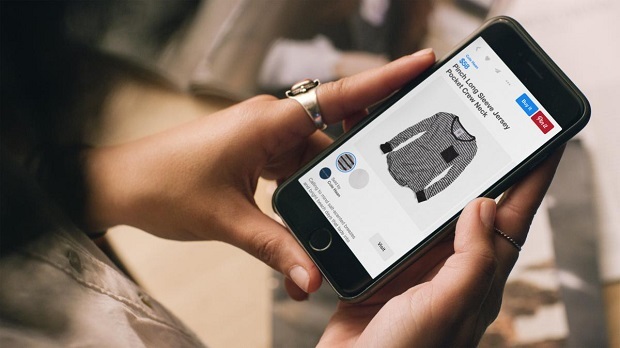Consumers who prefer to engage brands through digital channels are more likely to swap providers than those that engage with businesses by phone, via the contact centre or in-store, accoridng to new research.
A global study of more than 24,000 consumers from 12 countries by Verint and analyst firm IDC has found that brands are struggling to hold onto customers more now than ever before.
Compared with Verint’s research this time last year, the figures show a 7% drop in customer retention across all sectors surveyed, demonstrating the importance of quality and relevant experience for consumers.
Banks lead the way in terms of customer retention, with almost three quarters (73%) of consumers sticking with their bank for more than three years. Consumers in the UK are particularly prone to switching, with only half of Brits staying with their providers for more than three years.
Key stats from the report include:
• Customers are switching more than ever: the analysis shows a 7% drop in customer retention compared with Verint’s similar research last year.
• More than half (57%) of consumers across all sectors have been with their service providers for more than three years.
• Consumers in India, Mexico, Brazil and UK are more prone to switch, while French and Japanese consumers stay with their providers longer.
• Banks lead the way in terms of customer retention, with consumers noting they are more likely to switch credit card providers or travel agents.
Across all sectors, 57% of consumers have been with their service providers for more than three years. Banks lead in terms of customer retention, with 73% of consumers reporting they have been with their provider for more than three years, whereas only 8% said they have been with their bank for less than a year. Mobile phone providers ranked second best, with 63% of consumers remaining with their provider for more than three years.
Japanese companies had the highest retention rates of all countries surveyed; an average of 64% of consumers have been with their providers for more than three years. French companies also fared well, with 60% of consumers staying with their providers for more than three years. Meanwhile, in the US, 55% of consumers have been with their service providers for more than three years. However, Brazilian, Indian, Mexican and British consumers are more prone to switching. Only 35% of Brazilians reported remaining with their providers for more than three years, followed by 46% of Indians, 50% of Britons and 50% of Mexicans.
The study also shows a clear link between communication channel preferences and retention. Consumers who prefer to engage with organisations digitally are more prone to switching providers. Just under half (49%) of those who prefer to engage with organisations via digital channels have been with providers for more than three years, compared with 58% who prefer to pick up the phone and 57% who prefer to go in-store.
Tapping into the impact that different customer experiences have on loyalty and brand endorsement, the research highlights that consumers who have a good customer service experience on the phone or in-store are more likely to behave positively toward a brand than when online. The study also revealed that consumers who have good experiences either in-store or speaking to someone on the phone are:
• 38% more likely to renew their product or service, even if it isn’t the least expensive option.
• 27% more likely to sign up to an organisation’s loyalty programme.
• 19% more likely to leave a positive review.
“What’s clear is that a more personal touch in customer service helps drive retention and loyalty. This is a wake-up call for many organisations looking to introduce more digital channels with the aim of reducing costs and improving customer convenience,” notes Rachel Lane, director of customer analytics, EMEA at Verint. “As our research shows, consumers feel more positive about a brand when they interact directly with a person, so organisations need to consider how to make the digital experience more personal to avoid increased customer churn.”
Adds Lane, “Our research, which also investigated what service providers and brands believe their customers want, revealed that 91% recognise that customer service online should be quicker, more intuitive and better able to serve customer needs. That means organisations now need to focus on providing a more personal experience across all customer engagement channels to build the foundation for loyal customer relationships.”
About the Research
This research was commissioned by Verint from 23 June to 20 July 2016 in association with Opinium Research LLP, a UK-based research company. Interviews were conducted amongst 24,001 consumers in the following countries: Australia (2,000), Brazil (2,000), India (2,000), France (2,000), Germany (2,000), Japan (2,000), Mexico (2,000), Netherlands (2,000), New Zealand (2,000), South Africa (2,000), UK (2,001) and US (2,000). The research was conducted online, in the local language for each area country, and respondents were incentivised to participate.
As part of this study, Verint partnered with research and advisory firm IDC to launch the report titled The Digital Tipping Point: How Do Organisations Balance the Demands for Digital and Human Customer Service? This report, which is downloadable at www.verint.com/digital-tipping-point, shares insights, practices and advice for organisations on which channels and methods of contact matter most to consumers today, and how this differs across service query types, industries, territories and demographics.
Source: www.verint.com.
